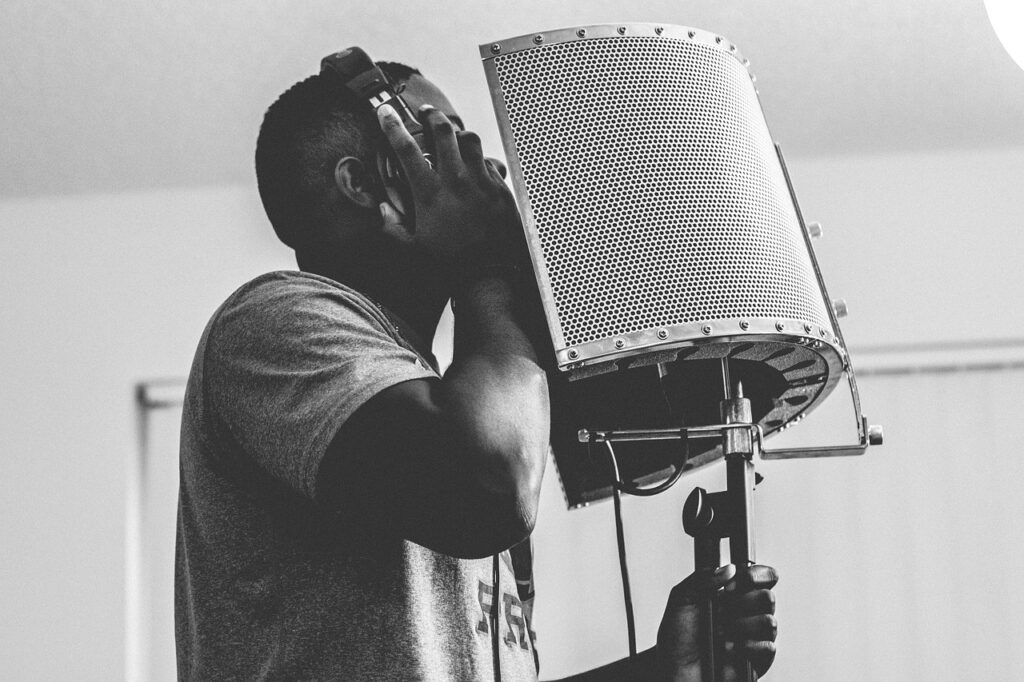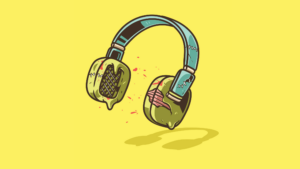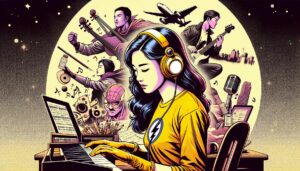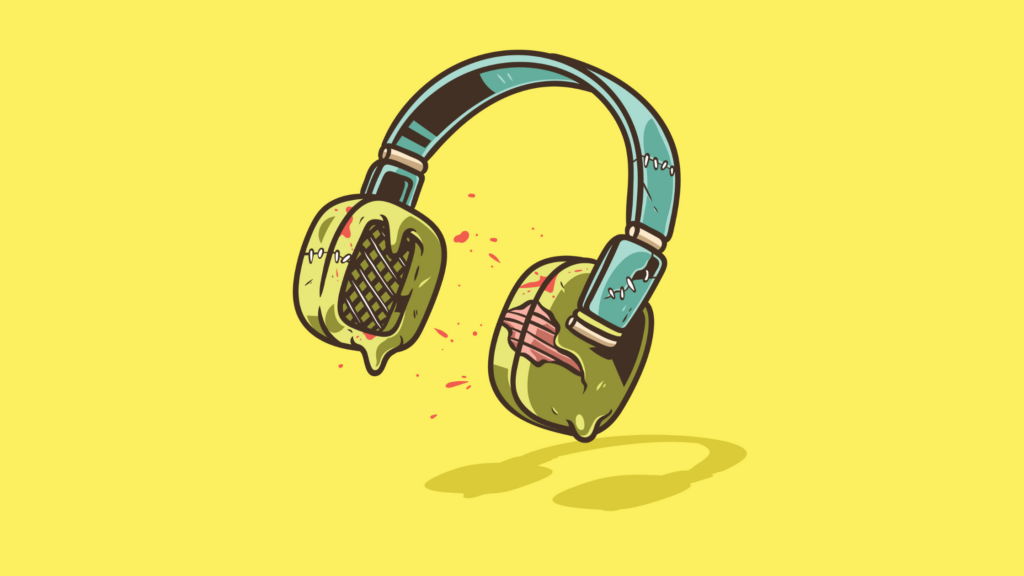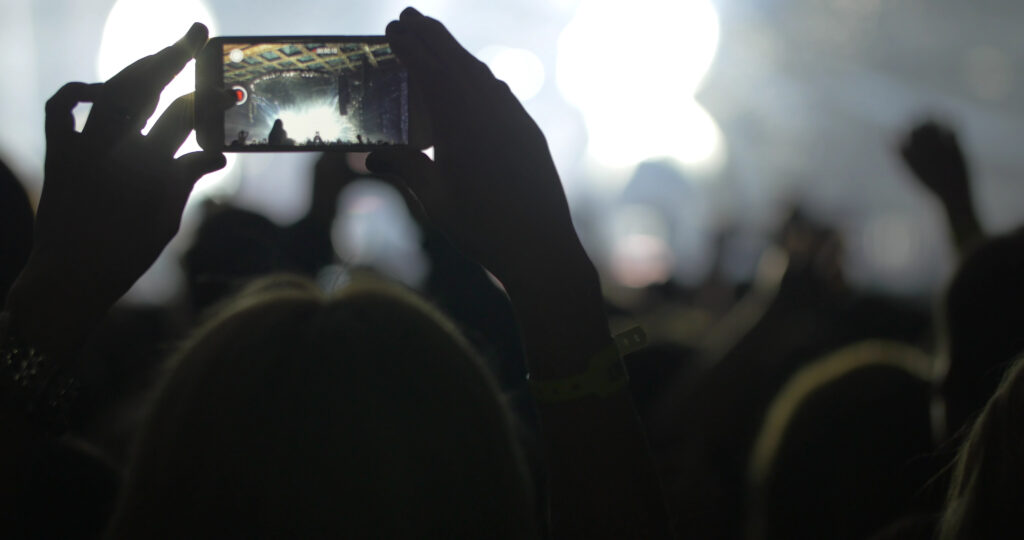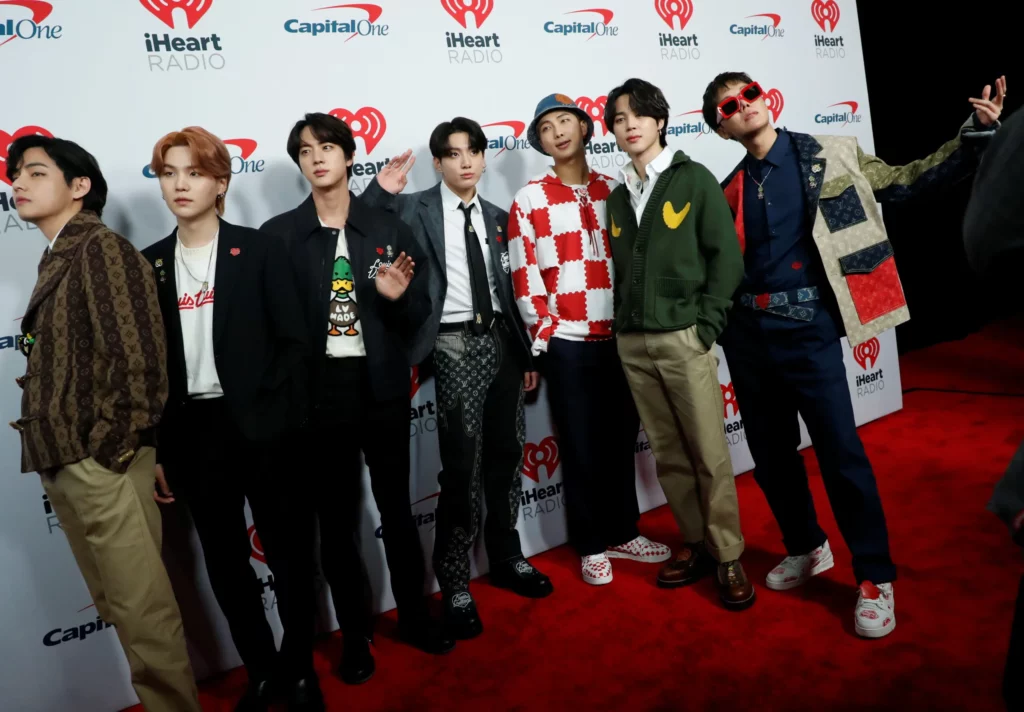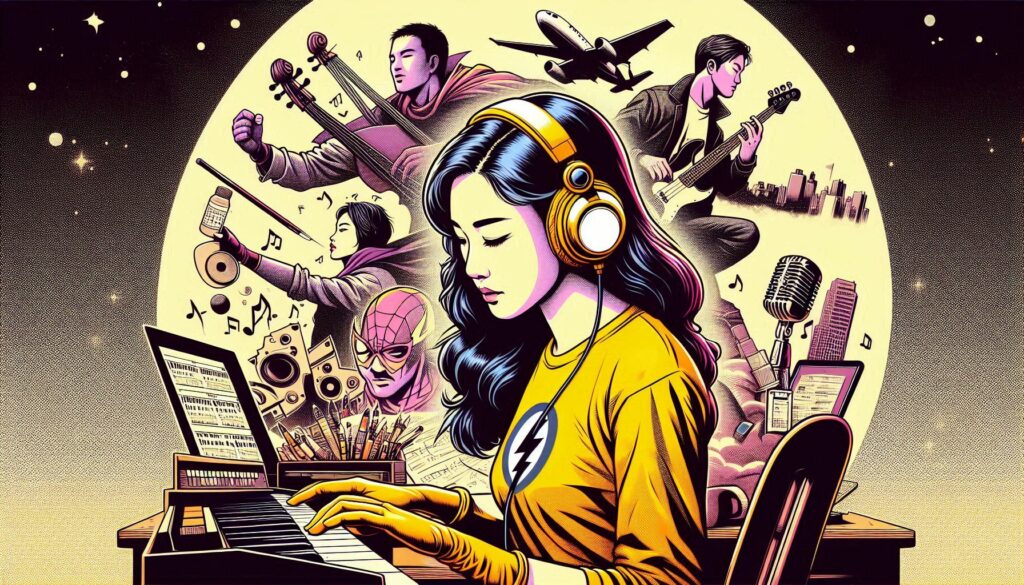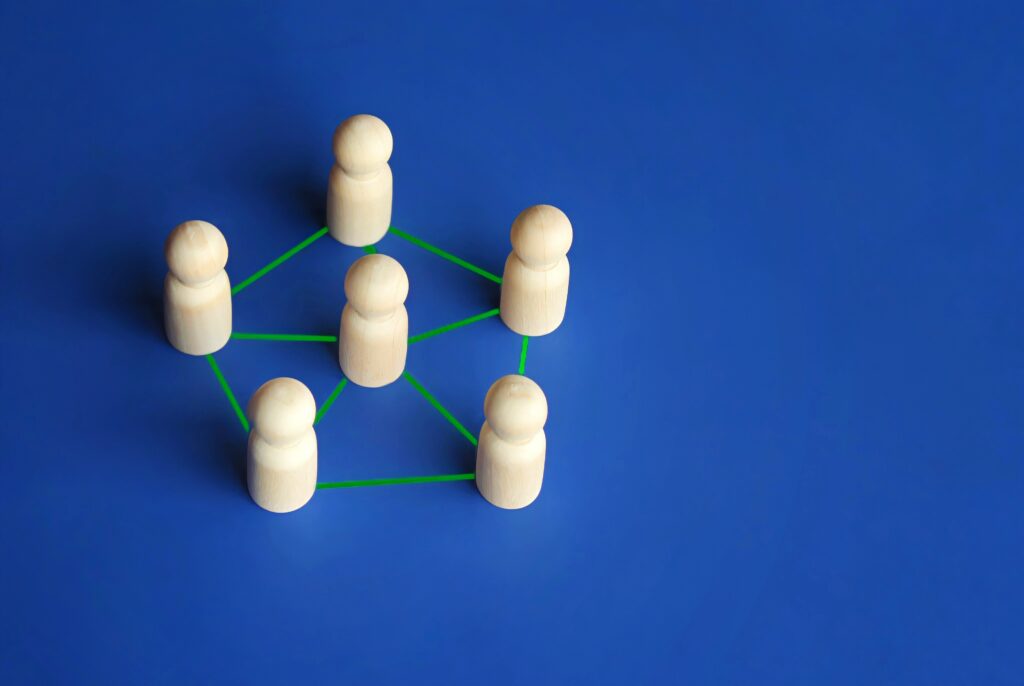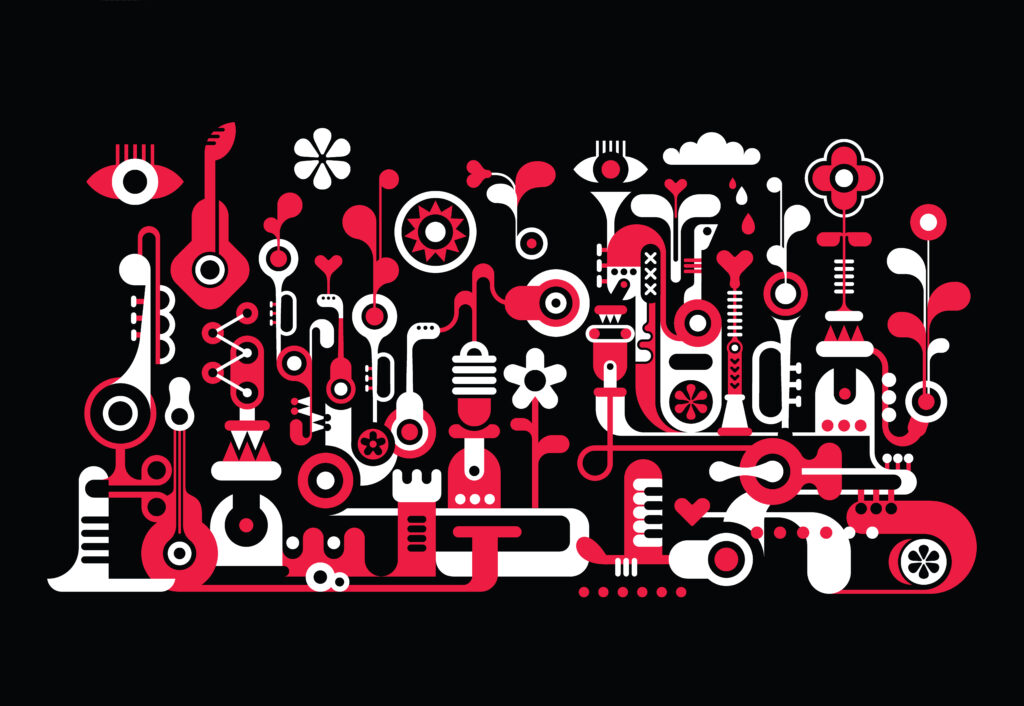The process of creating your own songs can feel daunting, especially if it’s your first foray into the exciting world of music composition. In this article, we’ll explore not only essential techniques to bring your musical ideas to life but also how to find the inspiration needed to translate your creativity into every note. Get ready to dive into the art of crafting your own music!
Tips for Music Creation: Inspiration and Techniques
- Explore Different Musical Genres: Broaden your musical palette by exploring various genres. Inspiration can arise from merging elements of unexpected styles.
- Maintain an Idea Journal: Carry a journal to record any melody, lyric, or musical concept that comes to you at any moment of the day.
- Collaborate with Other Artists: Collaboration not only enriches your music but also provides new perspectives and sources of inspiration.
- Experiment with Instrumentation: Don’t limit yourself to a single instrument. Experiment with different instruments and sounds to find unique combinations.
- Listen Attentively: Pay attention to the music around you. Analyze successful songs and discover what elements make them effective.
- Create a Creative Environment: Set up your workspace to foster creativity. The right atmosphere can be key to unlocking new ideas.
- Use Composition Tools: Explore musician’s composition tools like Nonoki to structure and shape your music creations.
- Learn Basic Music Theory: Knowing music theory will provide a solid foundation for experimenting and creating more effectively.
- Redefine Lyrics: Lyrics don’t always have to be literal. Play with metaphors and symbolism to add depth to your compositions.
- Draw Inspiration from Personal Experiences: Emotions and personal experiences can be an endless source of inspiration. Turn your life experiences into musical poetry.
- Set Creative Goals: Define specific goals for each creative session. It could be creating a melody, writing lyrics, or experimenting with new sounds.
- Don’t Be Afraid to Make Mistakes: Fear of failure can paralyze creativity. Learn from each mistake and use it as a springboard for new ideas.
- Explore Improvisation: Improvisation is a powerful tool. Let your creativity flow without restrictions and discover new directions.
- Value Silence: Silence is also music. Use it wisely to create tension and highlight key moments in your compositions.
- Establish a Work Rhythm: Set a work rhythm that suits your style. Whether daily or weekly, consistency is key to creative development.
- Connect with Your Audience: Understand your audience and create music that resonates with them. Emotional connection is crucial.
- Seek Inspiration from Other Mediums: Film, literature, and visual art can offer unique inspiration. Don’t hesitate to look outside the musical realm.
- Revitalize Old Ideas: Revisit old musical ideas. Sometimes, a new perspective can revitalize past compositions.
How to Focus Your Songs for a Conceptual Album:
Once you’ve explored these techniques and found your wellspring of inspiration, consider how to focus your songs to create a conceptual album. Instead of viewing each song as an independent entity, think of them as interconnected chapters of a larger story. Here are steps to achieve this music creation:
1. Define a Central Theme: Identify a central theme or concept that unifies all the songs. It could be a feeling, a story, or even an exploration of specific emotions.
2. Develop a Narrative: Create a narrative that connects each song. This can be linear or emotion-based, but there should be coherence guiding the listener from start to finish.
3. Maintain Musical Coherence: Ensure that the songs maintain musical coherence. They can vary in style, but they should fit within the context of the album.
4. Experiment with Structure: Play with the structure of the songs to create a progression that supports the narrative. Changes in tempo, tone, or style can be powerful tools.
5. Connect the Lyrics: Find ways to lyrically connect the songs. They can share metaphors, references, or even recurring lines to strengthen cohesion.
6. Use Visual Elements: If possible, consider incorporating visual elements that accompany the album. This could be album art, music videos, or related imagery.
7. Think About the Listener’s Experience: Ultimately, consider the experience you want to provide to the listener. A conceptual album is an opportunity to immerse them in a unique and memorable experience.
Music creation is an exciting and challenging journey. By following these tips, you’ll not only overcome initial hurdles but also develop your distinctive style. May the music flow, and may your creations resonate with the world!
